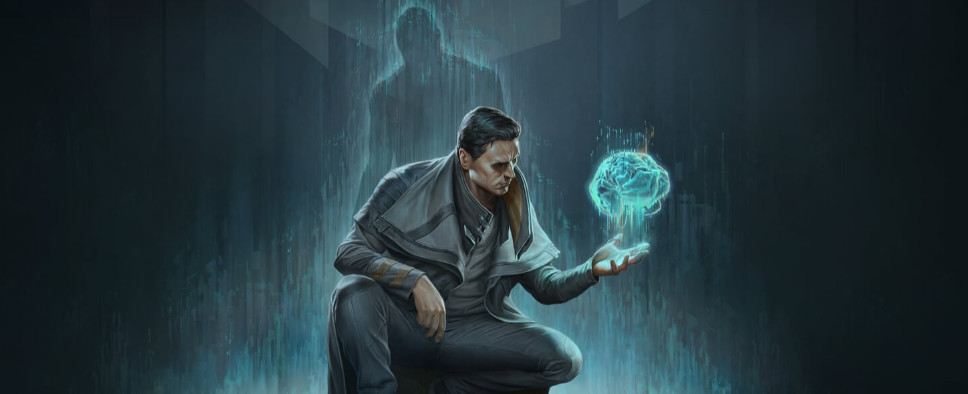Gamedec Lore Highlight - Suspension in the Air
-
Category: News ArchiveHits: 1036

Anshar Studios brings us a new developer blog focused on the lore of their upcoming cyberpunk detective RPG Gamedec. This particular one tells us a thing or two about the game’s futuristic cities built around the idea of anti-g technology, and how living in a city like that can alter one’s perception and expectations.
Here are the text parts:
Welcome to the second episode of our gamedecverse-related articles. This time, we’re looking closer to the aspect of defying gravity and suspending buildings, pneumobils, and other things in the air. A real 22nd-century innovation we’re looking forward to inventing someday. Take a closer look at the article by Marcin S. Przybyłek, the author of the Gamedec saga.
Swifts live mainly in the air. Some may remain flying non-stop for ten months. People in gamedecverse don't fly (well, most of them), but they have something in common with these birds: they rarely touch the ground.
It all began during the '70s of the 21st century when nature turned against humanity. Mutated mosquitos, other insects, birds, reptiles, amphibians, mammals, and then mutated flora began, sort of, hate humans, so they fled from villages to little cities and then moved to the large ones.
They fenced themselves, hid behind the Anti Bios Barriers (ABBs), but it wasn't enough. Since the big cities began to overpopulate, gargantuan towers were built among the buildings. The high, enormous cities were built: the polis. The towers were built higher and higher, and people left old towns, where fauna and flora began to mutate as well – not to the extent like behind ABB's, but still, it was not safe to live there.
It is the end of the 22nd century, and people live in polis like birds among the threes. The trunks of those trees are the towers, and their convoluted branches are the gangway nets that connect the towers.
Over the past century, inhabitants of polis got used to living in the air. They got used to not touching the real ground or seeing things from above. They rarely are afraid of heights. They walk down the gangways looking up at the towering buildings and down at the dark abysses of lower parts of their polis.
They got used there is no such thing as the streets. Pneumobils replaced old cars and are flying along the air pathways. When you move "on the ground," you walk on air pavements supported by anti-g technology.
What does it mean? What could be exotic to us that is not for them and the other way around?
Take Twisted & Perverted game. It looks very common to us: streets, tenements, street lamps. Get it now? It is very exotic to people of gamedecverse: in this game, they can walk on the street! The street! They see the bases of the buildings; they can see how they stand on the ground! They cannot see the abyss under their feet because all that is lower is the concrete of the pavement or the street's asphalt; there is nothing more! Take Harvest Time game, and again – a ground under the feet, but this time a speck of real dirt, a natural soil—what a treat. What's more – they can grow the plants, and the plants are not dangerous!
On the other hand – take the Knight's Code game. Yes, we didn't get to see much of it yet, but maybe it is the right time.
Islands floating in the air, warriors that can fly. Exotic? To us – yes, but to the gamedecverse folks – it looks like an everyday view. Normal. You can look up and down.
What most of the dwellers of polis do not see is a lot of space when looking horizontally. There is a far scape looking up or down, but not to the left or right because there are so many towers around. The only happy people seeing far horizontally live in the polis's high parts – so-called High Cities, or those who live on the outskirts. So, the Knight's Code is exotic to them in this aspect.
In gamedecverse, people live like birds. Their vehicles fly; they walk on air pavements over thousands of meter high precipices, not noticing the danger. It is just their everyday landscape. Towers. Pavements. And heights.
They are not swifts. But they know how those birds feel.

